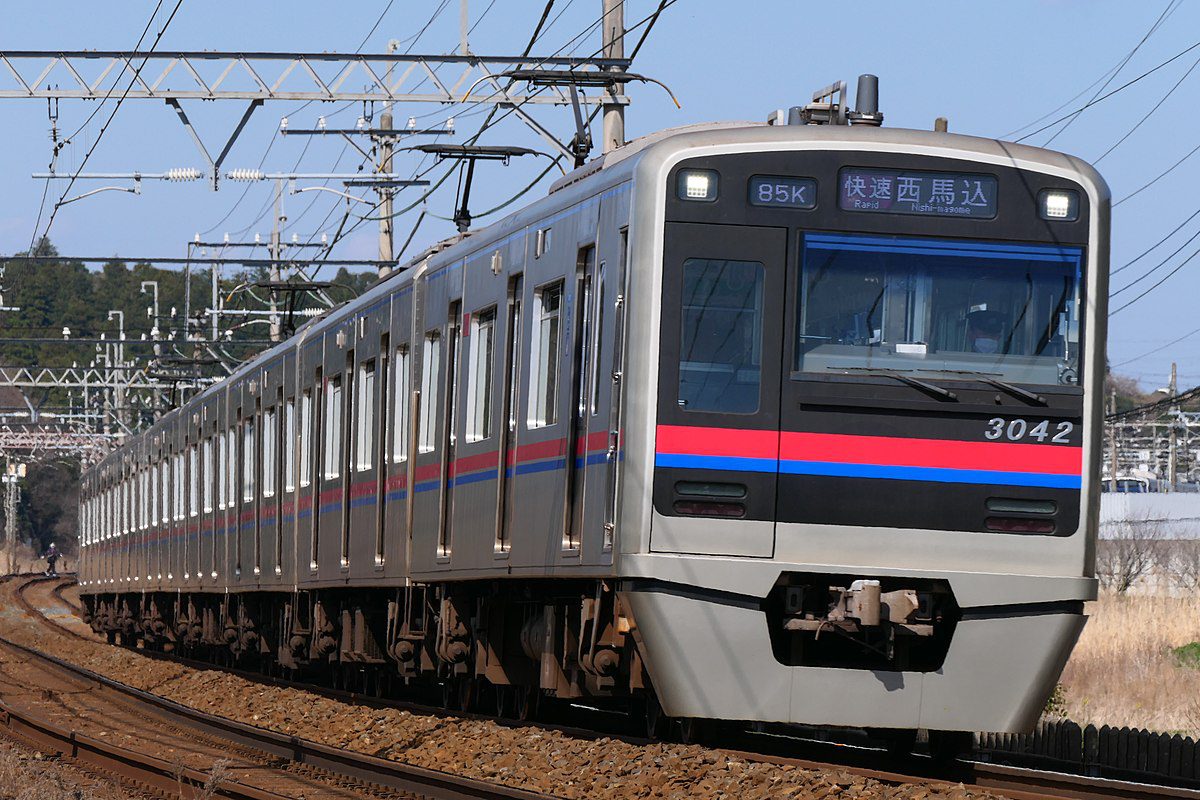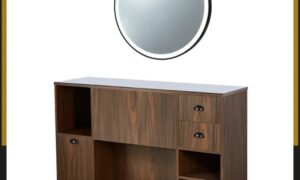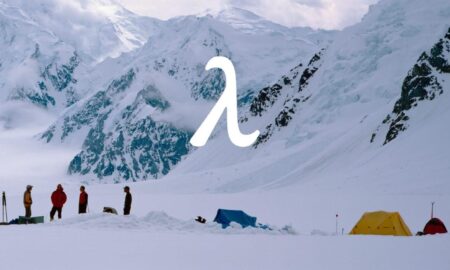Your smoothest rail gateway from Narita Airport to Tokyo—plus a practical Lost & Found guide
Arriving at Narita and wondering how to reach the city quickly, affordably, and without stress? For many travelers, the answer is Keisei Electric Railway (京成電鉄). With its flagship Skyliner express and a web of convenient through-services to central Tokyo, Keisei delivers a fast ride, straightforward transfers, and clear English signage. This article walks you through the essentials—how to choose the right train, where to transfer, ticket tips, luggage etiquette, and what to do if you lose something on board.
Why Keisei matters for visitors
Tokyo has several airport routes, but Keisei stands out for two reasons: speed and simplicity. If you’re staying near Ueno or connecting to JR via Nippori, the Skyliner is often the most time-efficient option from Narita. If your destination is Asakusa, Ginza, or Shinagawa along the Toei Asakusa Line, Keisei’s Access Express can spare you a transfer and save a few yen along the way.
The two main ways into the city
1) Skyliner — fastest, reserved-seat comfort
Think of Skyliner as the “business-class” airport train: reserved seating, luggage space, wide doors, and a ride that takes ~40 minutes to Nippori and ~45 minutes to Keisei Ueno. If it’s your first time in Tokyo, you’re jet-lagged, or you’re carrying big suitcases, Skyliner removes the guesswork. You’ll purchase a reserved-seat ticket (separate from the base fare/IC tap), then relax until arrival.
Best when: you value speed, a guaranteed seat, and easy transfers to JR.
2) Access Express / Limited Express — budget-friendly, one-seat rides
If you’re price-sensitive or staying around Asakusa / Ginza / Shimbashi / Shinagawa, the Access Express via the Keisei Oshiage Line → Toei Asakusa Line is a smart pick. These commuter-style trains don’t require reservations and can take ~60–80 minutes depending on the time of day and service pattern. You’ll stand or sit as seats become available—very normal in Tokyo.
Best when: you want to save money or ride through to Asakusa-line stations with no transfer.
Quick decision tip: Hotel near Ueno/Nippori → choose Skyliner. Hotel near Asakusa / Ginza / Shinagawa → consider Access Express for a direct ride.
Where you’ll likely transfer (and why it’s easy)
- Narita Airport Terminal 2·3 / Terminal 1: Follow the blue Keisei/Skyliner signs down from Arrivals; staff can assist in English. Ticket counters and machines are traveler-friendly.
- Nippori: This is the cleanest hand-off to the JR Yamanote Line. Elevators and clear wayfinding make it suitcase-friendly. From here, you can loop anywhere—Tokyo, Ikebukuro, Shinjuku, Shibuya.
- Keisei Ueno: A short underground walk places you near Ueno Park, museums, and Ameyoko market, with quick links to JR Ueno.
- Through-service to the Asakusa Line: Many Keisei trains continue onto the Toei Asakusa Line and even the Keikyu network, bringing you toward Haneda-side areas. Schedules vary, so check platform indicators.
Tickets, IC cards, and smart savings
- IC cards (Suica / PASMO) are accepted across Keisei. Just tap in/out like a local.
- Skyliner requires a reserved-seat ticket in addition to the base fare; buy at counters, machines, or online.
- Ask about visitor bundles (e.g., Skyliner + subway packages) if you plan a heavy subway day after landing—these combos can be cost-effective for 24–48 hours.
Luggage, accessibility, and riding etiquette
Skyliner trains provide dedicated luggage racks and overhead shelves; boarding is typically level and swift. On commuter trains such as the Access Express, aim to avoid weekday peak hours (7:30–9:30 / 17:30–19:30), keep bags away from doors and aisles, and be mindful of others during busy periods.
Tokyo trains are quiet by design. Keep your phone on silent, speak softly, and avoid eating on commuter services. (Light snacks are fine on longer-distance trains like Skyliner.) Have your ticket/IC ready at the gates to keep lines moving.
Simple, real-world itineraries
- Narita → Shinjuku / Shibuya: Take Skyliner to Nippori, then transfer to the JR Yamanote Line.
- Narita → Ueno / Asakusa: For Ueno hotels, Skyliner → Keisei Ueno. For Asakusa, ride the Access Express directly to the Asakusa Line Asakusa Station—no transfer.
- Narita → Ginza / Shinagawa: The Access Express via the Asakusa Line reaches Higashi-Ginza/Ginza, Shimbashi, and Shinagawa; patterns vary by time, so check platform boards.
Lost & Found : what to do if something goes missing
Lost items do turn up—quick action helps. First, note the details: date/time, train type (Skyliner or local), last place you had it, car number/seat if known. Report immediately at the nearest Keisei station office or information counter; staff will log your case and coordinate with relevant depots.
If you’ve already left the station or prefer English guidance, this resource provides a clear explanation of the process and the phone contact you’ll need: Keisei Skyliner lost and found phone number guide
Extra pointers
- Passports: Notify your embassy/consulate as soon as possible and follow their instructions for replacement.
- Phones: Use Find My iPhone/Android to record the last location; share this information when filing your report.
- Receipts/serial numbers: If you have them (for cameras, laptops), they make identification easier.
FAQ: quick answers you’ll probably need
Can I use a JR Pass on Keisei?
No—JR Pass covers JR trains only. Use an IC card or buy Keisei tickets; Skyliner also needs its reserved seat.
Is Skyliner really worth it?
If you prioritize time and comfort, yes. It’s the fastest way to Ueno/Nippori and often the least confusing after a long flight.
How late do the trains run?
Keisei runs into the night, but the frequency drops later on. If your flight is very late, check the last train from your terminal before you leave Arrivals.
Can Keisei take me to Haneda?
Not directly, but many services through-run via the Asakusa Line to connect with Keikyu. Depending on time and service, some travelers transfer at Sengakuji or Shinagawa.
Final checklist before you ride ✅
- Choose your mode: Skyliner (fast/seat) or Access Express (cheaper/direct)
- Confirm your hotel area and the nearest station
- Ensure your IC card (Suica/PASMO) is charged—or prepare a credit card/cash for tickets
- Mark your luggage with something distinctive in case of loss
- Bookmark the practical resource above for Skyliner Lost & Found





























